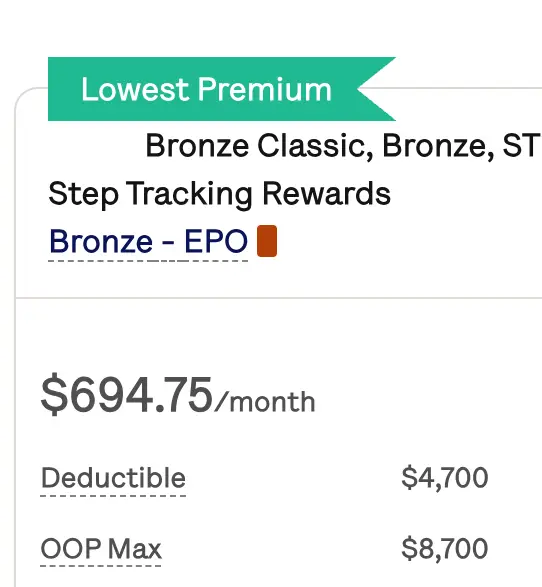Traditional Medicaid vs. Managed Medicaid: Which Is Best?
What's the Difference Between Traditional Medicaid and Managed Medicaid?
Traditional Medicaid (also called Straight Medicaid or Fee-for-Service Medicaid) and Managed Medicaid are both state and federally-funded programs providing health insurance for low-income individuals. While they share the same goal, they operate differently in ways that directly impact your healthcare experience.
Traditional Medicaid is administered directly by your state government. The state pays healthcare providers for each service they provide to you. With Managed Medicaid, your state contracts with private insurance companies called Managed Care Organizations (MCOs). These companies receive a fixed payment per enrollee and manage your care through their provider networks.
According to the Kaiser Family Foundation, over 70% of Medicaid beneficiaries nationwide are now enrolled in some form of managed care, though the availability of Traditional Medicaid varies significantly by state.
How Traditional and Managed Medicaid Compare
| Feature | Traditional Medicaid | Managed Medicaid | What This Means for You |
|---|---|---|---|
| Administration | State-administered | Run through private insurance plans | Different entities managing your benefits |
| Provider Network | Any Medicaid-approved provider | Limited to network providers | Different levels of provider choice |
| Costs | Generally no premiums | Some plans may have low premiums | Potential difference in out-of-pocket costs |
| Prior Authorization | Rare | More common | Different processes for specialty care approval |
| Paperwork | May require more paperwork | Simplified through the managed plan | Varying administrative burden |
| Referrals | Generally not required | Often required for specialists | Different paths to specialty care |
| Care Coordination | Limited or none | Usually integrated | Different levels of support navigating healthcare |
| Enrollment | Automatic when eligible | Must choose or be assigned a plan | Different enrollment processes |
Who Is Eligible for Medicaid?
Eligibility for both Traditional and Managed Medicaid is primarily based on your income level, family size, and other factors like age and disability status. The specific income thresholds vary by state.
Core Eligibility Groups
- Low-income families
- Pregnant women
- Children
- People with disabilities
- Elderly individuals with limited income
- Adults under 65 (in Medicaid expansion states)
Important: Income limits are calculated as a percentage of the Federal Poverty Level (FPL), which changes yearly. In expansion states, most adults with incomes up to 138% of FPL qualify. In non-expansion states, income limits are typically much lower.

Get affordable doctor copay without paying insurance premiums
Join 39,000 people and get Mira, the best alternative to traditional insurance. Enroll and use immediately. Plans start at only $45/mo.
Khang T. Vuong received his Master of Healthcare Administration from the Milken Institute School of Public Health at the George Washington University. He was named Forbes Healthcare 2021 30 under 30. Vuong spoke at Stanford Medicine X, HIMSS conference, and served as a Fellow at the Bon Secours Health System.

